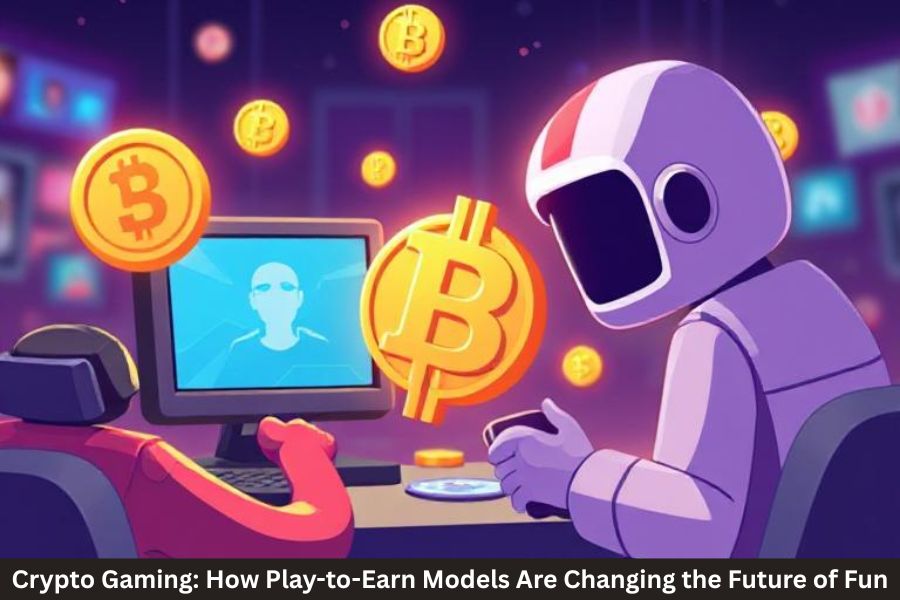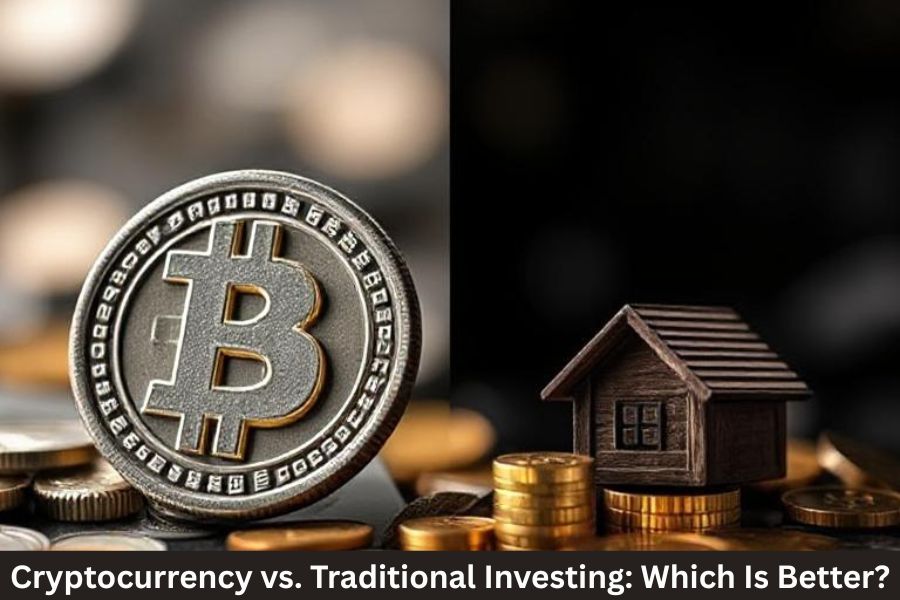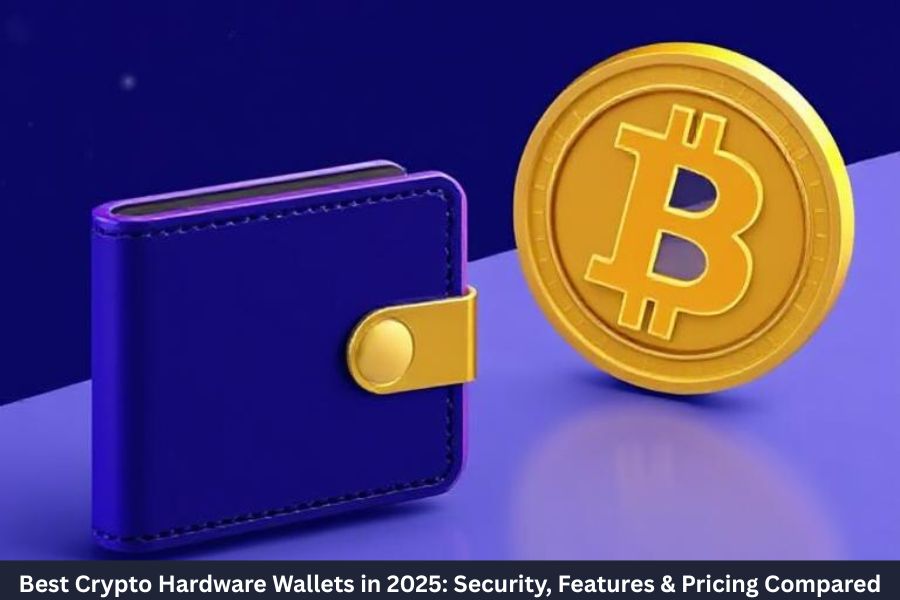The world of gaming is undergoing a revolutionary shift, thanks to blockchain technology. At the center of this disruption is crypto gaming, which leverages decentralized networks to create immersive, player-centric ecosystems. With Play-to-Earn (P2E) models leading the charge, players now have the opportunity to earn real-world value through in-game actions.
No longer are video games just about entertainment. They are evolving into digital economies, offering financial rewards to players while reshaping how we perceive fun and work.
What Is Play-to-Earn (P2E)?
Play-to-Earn is a gaming model where players earn cryptocurrency or NFTs (non-fungible tokens) by participating in gameplay activities such as:
- Completing quests
- Winning battles
- Breeding digital characters
- Trading virtual assets
Unlike traditional games where items are locked within the ecosystem, P2E games allow players to own and trade assets outside the game, typically on decentralized marketplaces.
How Play-to-Earn Is Changing the Gaming Industry
1. Empowering Players Financially
With P2E models, players can generate passive income or even replace full-time jobs. In countries like the Philippines, gamers are making a living by playing games like Axie Infinity, a pioneer in crypto gaming.
2. Ownership of In-Game Assets
Players now truly own the items they earn or buy. These assets exist on the blockchain and can be transferred or sold without the game’s approval. This ownership fosters a deeper emotional and financial connection to the games.
3. New Economic Models
Game developers and communities now co-create economies. Tokenomics, staking, and governance tokens allow players to participate in game decisions, creating a fairer, more inclusive ecosystem.
Key Technologies Behind Crypto Gaming
Blockchain
Enables transparent, immutable transactions and asset ownership.
Smart Contracts
Automate in-game logic, reward distribution, and asset trading.
Non-Fungible Tokens (NFTs)
Represent unique in-game items like characters, weapons, or skins.
Cryptocurrencies
Act as in-game currencies with real-world value (e.g., SLP in Axie Infinity).
Popular Play-to-Earn Crypto Games
- Axie Infinity – Battle and breed digital pets (Axies).
- The Sandbox – Virtual land ownership and metaverse building.
- Decentraland – 3D virtual world with monetized user-generated content.
- Illuvium – AAA-quality open-world RPG with NFT creatures.
Benefits of P2E Models
- Monetary Incentives for players
- Stronger Game Communities
- Cross-platform Trading of Assets
- Increased Retention and Engagement
- Reduced Paywalls — Play and earn, instead of pay-to-play
Challenges and Concerns
1. High Entry Barriers
Games like Axie Infinity require purchasing expensive NFTs to start, limiting accessibility for new users.
2. Sustainability of Earnings
Crypto markets are volatile. Game tokens can drop in value, affecting players’ income.
3. Scams and Rug Pulls
With unregulated markets, some projects vanish after raising funds, leaving players with worthless assets.
4. Regulatory Hurdles
Global governments are still navigating how to regulate crypto-based earnings and assets.
Future of Crypto Gaming and P2E
As more developers integrate blockchain, P2E will become more accessible, entertaining, and secure. With AI, AR/VR, and interoperability, the future holds games that feel like jobs—but jobs you love doing.
Expect:
- Interoperable assets (use the same NFT in multiple games)
- DAOs (Decentralized Autonomous Organizations) running games
- Mainstream adoption by large game publishers
- Stronger investor backing and innovation
Tips to Start with Play-to-Earn Games
- Research the game’s ecosystem and developer team.
- Start small – Don’t invest more than you can afford to lose.
- Join communities (Reddit, Discord) for insights and updates.
- Use secure wallets and beware of phishing scams.
- Track tokenomics – Earnings only make sense if the token holds value.
Conclusion
Crypto gaming and the Play-to-Earn model represent more than just a trend. They are the foundation of a new digital economy where entertainment, ownership, and income intersect. While challenges remain, the benefits are undeniable — gamers are no longer just players; they’re stakeholders.
Whether you’re a developer, gamer, or investor, now is the time to explore the exciting frontier of crypto gaming.
FAQs about Crypto Gaming & Play-to-Earn
Q1. What is the difference between crypto gaming and traditional gaming?
Crypto gaming allows players to own in-game assets and earn real-world value through tokens or NFTs. Traditional gaming usually restricts ownership, and earnings stay within the game.
Q2. Are Play-to-Earn games legal?
Yes, but it depends on your country’s crypto laws. Some governments have not yet regulated earnings from crypto games, so it’s wise to consult local laws or tax advisors.
Q3. Can you actually earn a living through P2E games?
In some developing countries, yes. Games like Axie Infinity have enabled players to earn consistent income, though sustainability varies based on market conditions.
Q4. Are P2E games safe?
Most reputable games are safe, but the crypto space is also filled with scams. Always do your research, use secure wallets, and avoid clicking unknown links.
Q5. What is the best Play-to-Earn game in 2025?
It varies, but currently popular options include The Sandbox, Gods Unchained, and Illuvium, all offering strong ecosystems and active communities.




